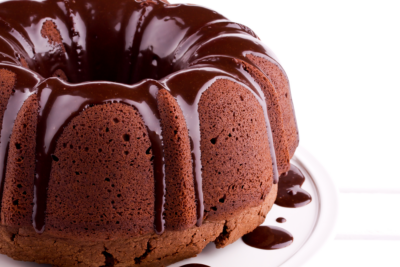
Cocoa Extract
Also known as Cocoa Powder
What is cocoa extract?
Cocoa extract is derived from the seeds of the cacao plant (Theobroma cacao), which is native to the deep tropical regions of Central and South America. The primary use of cocoa extract is related to its rich content of bioactive compounds found in cocoa beans to enhance the cacao flavor of beverages, baked goods, desserts and savory recipes. The bioactive compounds present in cacao extract include flavonoids, theobromine, and other antioxidants.
Origin
Cocoa extract is derived from the seeds of the cacao plant (Theobroma cacao). The cacao plant is native to the deep tropical regions of Central and South America. The plant has been cultivated for centuries by indigenous peoples in these regions for its valuable seeds, which are used to produce cocoa and chocolate.
Function of Cocoa Extract
Cocoa extract is used to provide a rich cocoa or chocolate flavor to a wide variety of food products, from beverages to desserts, fillings and baked goods.
Nutrition of Cocoa Extract
Cocoa extract is characterized by its high concentration of antioxidants like flavonoids that support cardiovascular health and possess anti-inflammatory properties. Theobromine, a mild stimulant akin to caffeine, contributes to its nutritional profile. Abundant in polyphenols, cocoa extract provides potent antioxidants, combating oxidative stress. Additionally, it contains essential minerals such as magnesium, iron, and zinc.
How to produce Cocoa Extract commercially
Cocoa extract is industrially produced by two processes, one of them involves the extraction from cocoa powder and another one from the cocoa shell.
From cocoa powder:
- Fat extraction: all cocoa butter is removed from the cocoa powder by extraction with hexane.
- Extraction: the resulting material from the previous step is chemically extracted with either ethanol or methanol.
- Solvent removal: the solvent (ethanol or methanol) is removed from the solution by evaporation.
- Homogenization: propylene glycol is added to the extraction solution up to a level of 25% to obtain a homogeneous mixture, that is water dispersible.
From cocoa shell:
- Roasting: cocoa shell is removed from the cacao nib and it’s roasted at 110 oC (230 oF) to aid in flavor development.
- Extraction: the shell is extracted by percolation with methanol.
- Distillation: the miscella is then reduced to around 70% by distillation, and water is added to the solution.
- Separation: the previous solution is refrigerated at 5 oC (41 oF) to separate the waxes.
- Filtration: the solution is filtered to remove the solids, and then the rest of the methanol is removed by evaporation.
- Homogenization:5% of propylene glycol is added to obtain a homogenous mixture.
Application
Cocoa extract is added to the baked goods in a similar manner to vanilla extract of around 0.5 – 1.0%.
Regulations
Cocoa extract does not have any specific regulation by the FDA in the United States. A similar situation happens in the European Union, where cacao products are regulated by the EU Commission Directive 2000/36/EC.
References
- Afoakwa, Emmanuel Ohene. Cocoa production and processing technology. CRC Press, 2014.
- Attokaran, Mathew. Natural Food Flavors and Colorants. United Kingdom, Wiley, 2017.
- Vyas, Chirag M., et al. “Effect of cocoa extract supplementation on cognitive function: results from the clinic subcohort of the COSMOS trial.” The American Journal of Clinical Nutrition 119.1 (2024): 39-48.
- Food and Drug Administration (FDA). US Department of Health and Human Services. CFR Code of Federal Regulations Title 21, Part 163 Cacao Porducts, https://www.accessdata.fda.gov/scripts/cdrh/cfdocs/cfcfr/CFRSearch.cfm?CFRPart=163 . Accessed 08 January 2024.
European Commission (EC). Directive 2000/36/EC of the European Parliament and of the Council of 23 June 2000 relating to cocoa and chocolate products intended for human consumption. Official Journal of European Communities, 20 May 2014.

